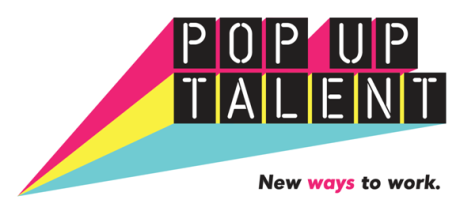As part of TED’s worldwide domination (in a good way), they launched ed.ted.com. Featuring thousands of videos- in partnership with video giant YouTube- and the work of talented teachers and animators, lessons are delivered beautifully and in bitesized chunks.
![]()
Who?
TED-Ed is a free platform full of short (less than ten minutes, generally) ‘courses’ in a huge variety of topics. Contributed to by educators and animators worldwide, each lesson features optional extras- multiple choice questions, lead discussions, direction on further information. The site has a global audience, and will launch a schools project in the future.
So how do they do?
They do great! The videos are beautiful and interesting, and the short length of each makes them somewhat addictive. They foster a community of people engaging and sharing ideas with each other. Based on the sheer numbers of people who use the site, either to learn or to teach or both, the programme is a great success.
What makes it work?
The bitesize chunks and the visual appearance of the videos are wonderfully designed to be engaging enough to provoke further curiosity and fun enough to enjoy. By tapping into the world’s greatest educators, there are some really inspiring moments on the site, and you know you’re in safe hands under TED’s quality control. Using videos as a learning tool works really well.
What have we learnt?
Videos are a great tool for providing beautiful and interesting content, and it’s possible to have a huge network or content contributors whilst also maintaining high levels of quality.
Key points
- Beautiful videos are engaging, and engaging content facilitates learning
- Using a network of contributors works



